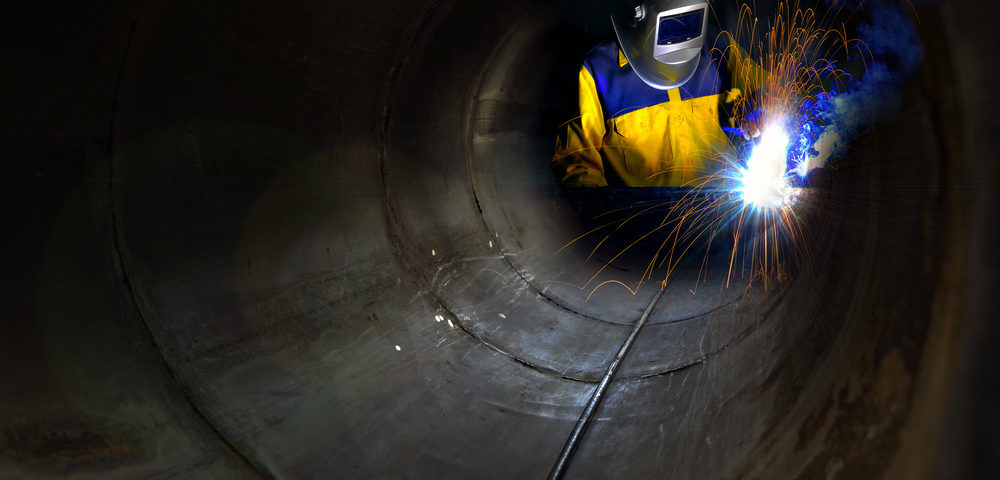Proper surface cleaning and preparation is paramount to ensuring the creation of high quality welds on oil and gas pipelines. Listed below are tips on welding tools to improve those activities and minimize the risk of failure and subsequent damage to both plant and personnel.
Use the Right Tools for Surface Preparation
Strong, durable welds are achieved throughfull penetration into the base metal. This requires the elimination ofweld inclusions and porosity. Proper surface preparation is essential to achieving this. There are three tools that are commonly used for this purpose:
Flap discs – The ends of pipes are bevelled using flap discs to form a V-joint for the weld. Flap discscan also be used to remove any rough edges or pitting on the bevelled ends.
Grinding wheels – A grinding wheel is used to square off the face of pipes to facilitate perfect alignment before welding commences. Once the weld root pass is laid, a thicker wheel is employed to grind the bead, reshaping the root and removing any excess build-up before the next pass.If necessary, grinding can occur between each successive pass.
Stringer bead brushes – Stringer bead brushes are used between passes to remove slag inclusions in the weld.
Use Good Quality Tools
Welding often takes place in the field under sub-optimal environmental conditions. As a result, it is important to select durable, high-quality tools to ensure performance.
Every tool has its recommended practices for best use to maximize safety and prolong tool life. Experienced welding operators are well trained in these practices to ensure the correct pressure, tool angle and orientation is used for each specific application.
Keep Tools in Good Working Order
Tool operators have to contend with harsh conditions on site. Here are a few recommendations to keep tools in good condition:
- Clean tools after each use
- Store tools in clean and dry conditions to protect them from damage and rust
- Inspect tools before use for any signs of wear or damage
In all cases, welds on oil and gas pipelines should undergo extensive visual, physical, and non-destructive testing (NDT) in order to ensure both integrity and safety.
